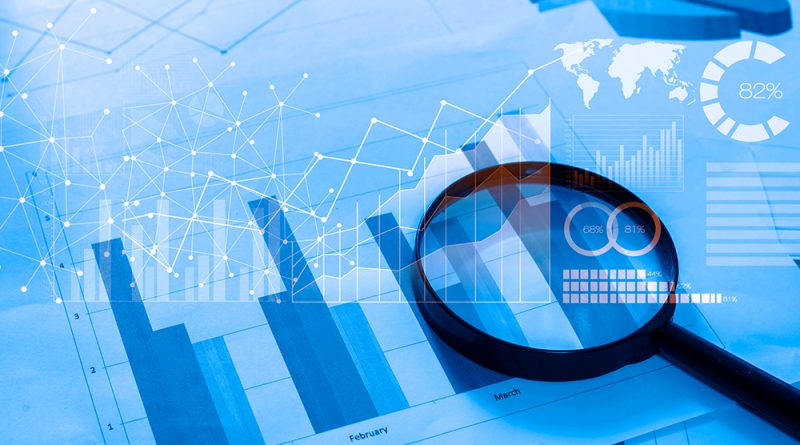BI Helping Businesses To Overcome The Pandemic
It’s been 2 years since the pandemic started. It has given us enough knowledge to conclude that most businesses were not prepared well. They didn’t prepare for an emergency like the COVID-19 pandemic. Despite having access to large amounts of data and advanced analytic powers, the pandemic caught most enterprises off guard. As a result, most business leaders had to scale back their goals and efforts. Even one Google-commissioned IDG poll shows that 55% of people have delayed or canceled at least one technology project.
One of the main causes of such a disturbance could be the outdated nature of many traditional data management platforms. That is why they were unable to forecast the crisis and its implications. On the other hand, those teams that changed their data analytics models were able to make quick and informed business decisions. Also, these were the only teams that survived and are now gaining quick recovery. Their quick responsiveness allowed them to adjust to this new business environment. According to Cognizant, approximately 70% of teams who made significant modifications to their analytical models now make more accurate forecasts. Meanwhile, only 45% of teams who decided to keep things the same can do that.
We think that implementing business intelligence (BI) can help companies adjust to rapidly changing market situations. In this post, we’ll see why businesses need new data analytics methodologies. Additionally, we’ll explain how businesses may use BI, either on their own or through BI services. And how it can help them to get through the crisis with minimal disruption.
Why do traditional data analysis methods don’t work anymore?
To begin, we must first understand why legacy data analytics methods aren’t useful. The problem is that traditional data analytics relied on models that were continually extended into the future. Most of these models are no longer relevant in today’s environment.
Before the pandemic, business leaders believed that they could predict all future occurrences. This made specialists depend on false predictive data models. However, those could only portray a simplified image of the possible future. On the other hand, they simply ignored minor data variances, which could, in fact, predict something.
As a result, data analysts began to conform the data to their normal assumptions of reality. Rather, they should have properly assessed change and its consequences. Finally, this has resulted in a gap between data sets and analytics. And that left many businesses vulnerable in the face of a crisis.
Now, we’re trying to raise the same issue. Is there anything that business leaders can do to avoid slipping into this trap again in the future? Yes, they may use BI to facilitate rapid, real-time data analysis. It will allow teams to experiment and adjust to market shifts brought on by the epidemic.
Using BI to help you get through the crisis
Enterprise managers who want to improve their existing BI solutions should undertake a thorough analysis of their current data environments. It will help them to develop a clear strategy for improving the effectiveness of corporate analytics models. Moreover, businesses experiencing social and economic upheavals need an emergency BI package.
This approach is known as reactive data analytics. It will help teams swiftly test and validate data-based hypotheses. They will be able to do it through the HADI (Hypothesis-Action-Data-Insight) cycle. One can use this approach to quickly modify their data processing strategy. Or they can develop a comparable one to perform these tasks. They can identify new data points and data collection pathways. As a result, they can adapt their analytics to changing market conditions.
- Hypothesis definition: A team must develop hypotheses based on the objectives and business requirements.
- Insight Analytics: Assessment of the obtained data and data management systems is needed. It will help build an acceptable environment to test theories.
- Action points: Following the analysis of the testing results, a team must define a set of precise activities. Then they must take it to gather the data required to meet the team’s business objectives.
- A strategy-driven MVP: A team creates a new data analytics strategy and an MVP based on the previous processes to generate visible and measurable results.
Summary
The pandemic has shown that most standard data analytics methods are no longer relevant. Thus, businesses can no longer rely on them to predict and handle crises. In such cases, teams should adopt or update their existing BI solutions. Only then they will be able to adapt to ever-changing market conditions. Enterprise managers, in particular, can use the HADI idea. This will help them to build reactive analytics. Moreover, it will allow them to examine data in real time and make more rational business choices.




